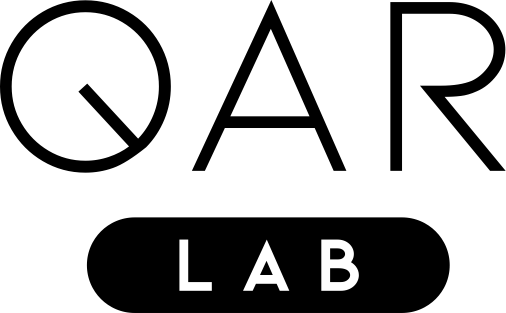Dimensionality Reduction with Autoencodersfor Efficient Classification with VariationalQuantum Circuits
Dimensionality Reduction with Autoencoders for Efficient Classification with Variational Quantum Circuits
Abstract:
Quantum computing promises performance advantages, especially for data-intensive and complex computations. However, we are currently in the Noisy Intermediate-Scale Quantum era with a limited number of qubits available, which makes it challenging to realize these potential quantum advantages in machine learning. Several solutions, like hybrid transfer learning have been proposed, whereby a pre-trained classical neural network acts as the feature extractor and a variational quantum circuit as the classifier. While these approaches often yield good performance, it is not possible to clearly determine the contribution of the classical and quantum part. The goal of this thesis is therefore to introduce a hybrid model that addresses these limitations and implements a clear distinction between the classical and quantum parts. An autoencoder is used to reduce the input dimension. We compare the performance of transfer learning models (Dressed Quantum Circuit and SEQUENT) and a variational quantum circuit with amplitude embedding against our model. Additionally, the performance of a purely classical neural network on the uncompressed input and an autoencoder in combination with a neural network will be examined. We compare the test accuracies of the models over the datasets Banknote
Authentication, Breast Cancer Wisconsin, MNIST and AudioMNIST. The results show that the classical neural networks and the hybrid transfer learning approaches perform better than our model, which matches our expectations that the classical part in transfer learning plays the major role in the overall performance. Compared to a variational quantum circuit with amplitude embedding, no significant dierence can be observed, so that our model is a reasonable alternative to this.
Author:
Jonas Maurer
Advisors:
Claudia Linnhoff-Popien, Michael Kölle, Philipp Altmann, Leo Sünkel
Student Thesis | Published October 2023 | Copyright © QAR-Lab
Direct Inquiries to this work to the Advisors

